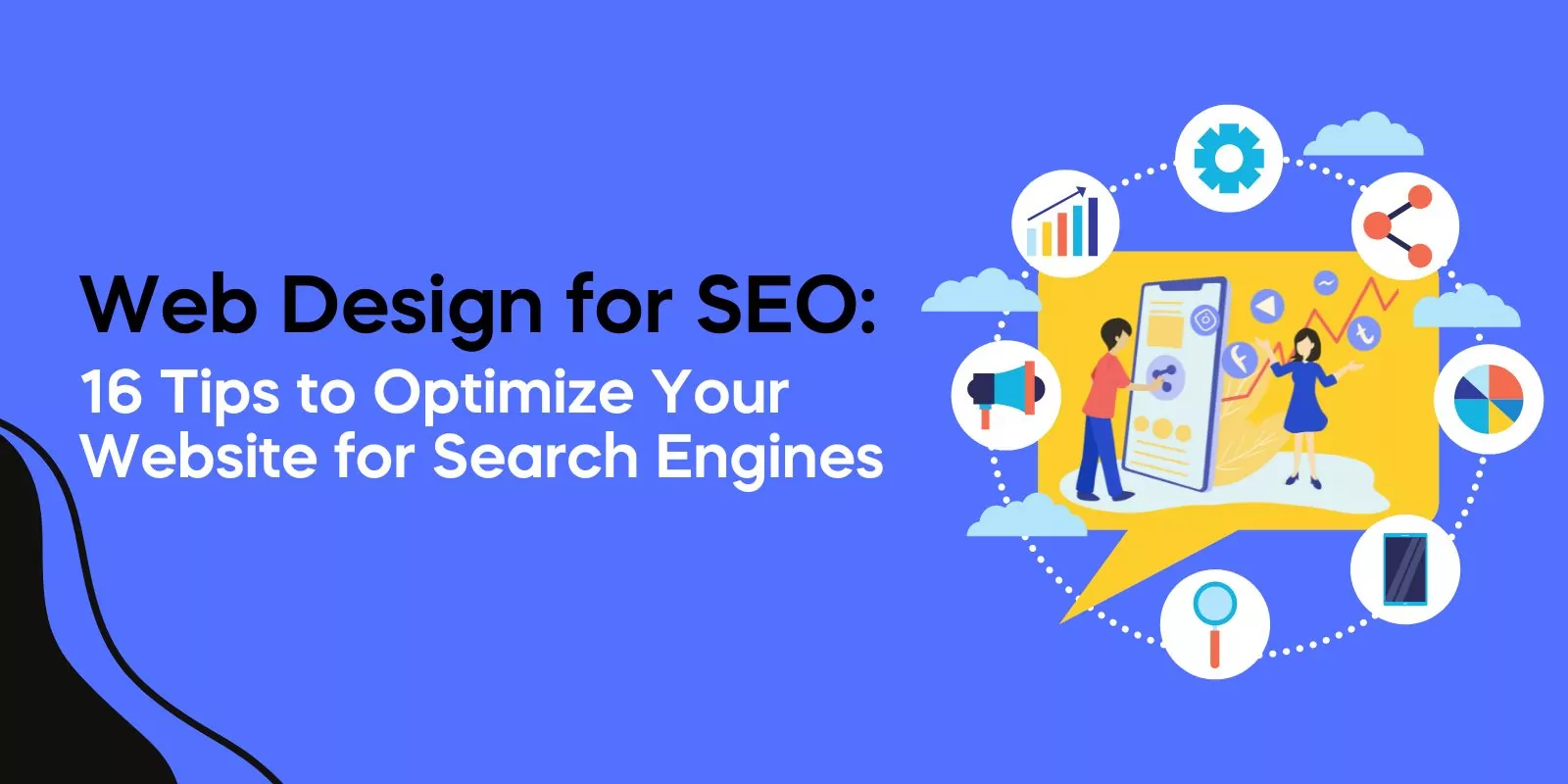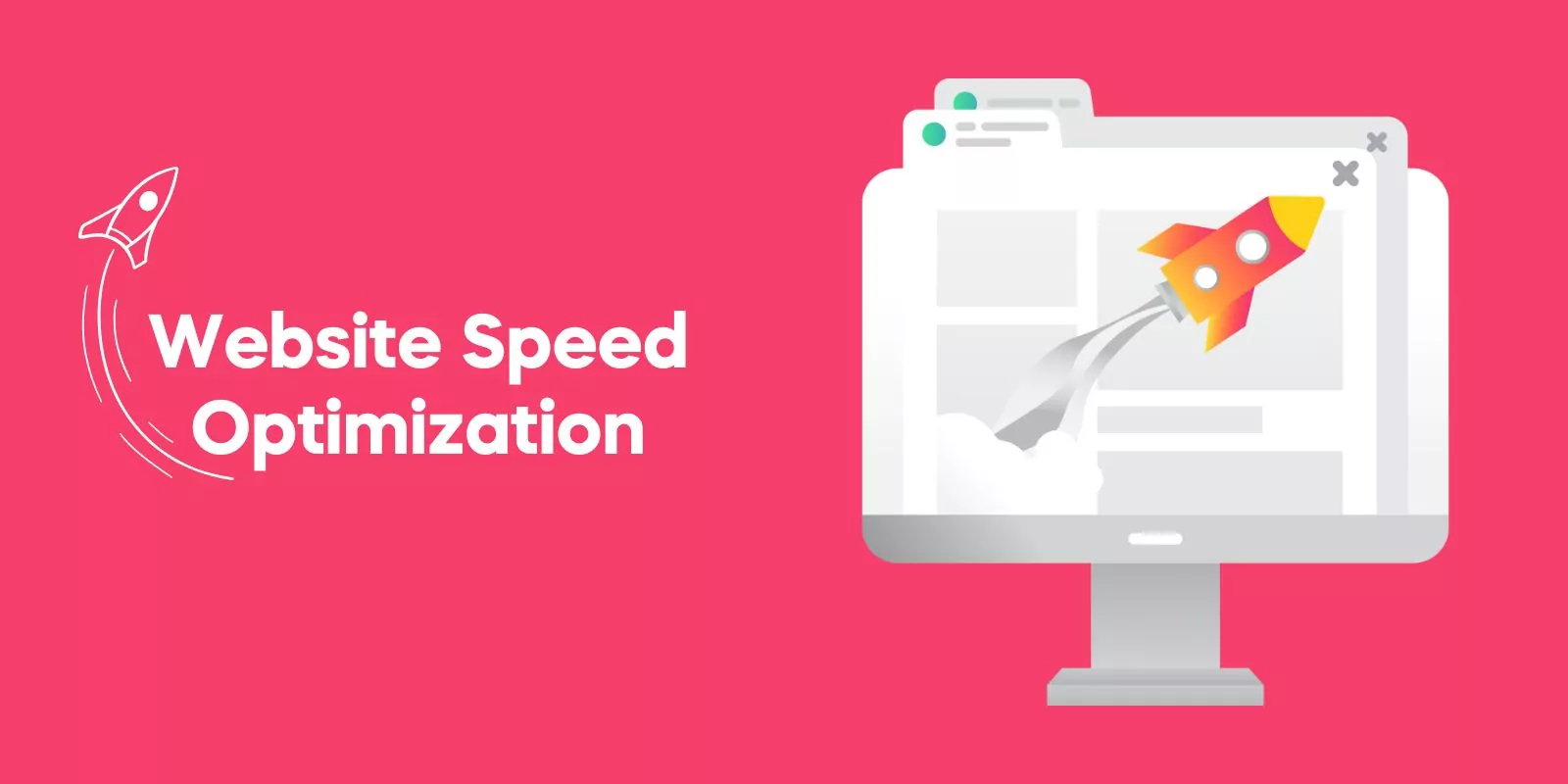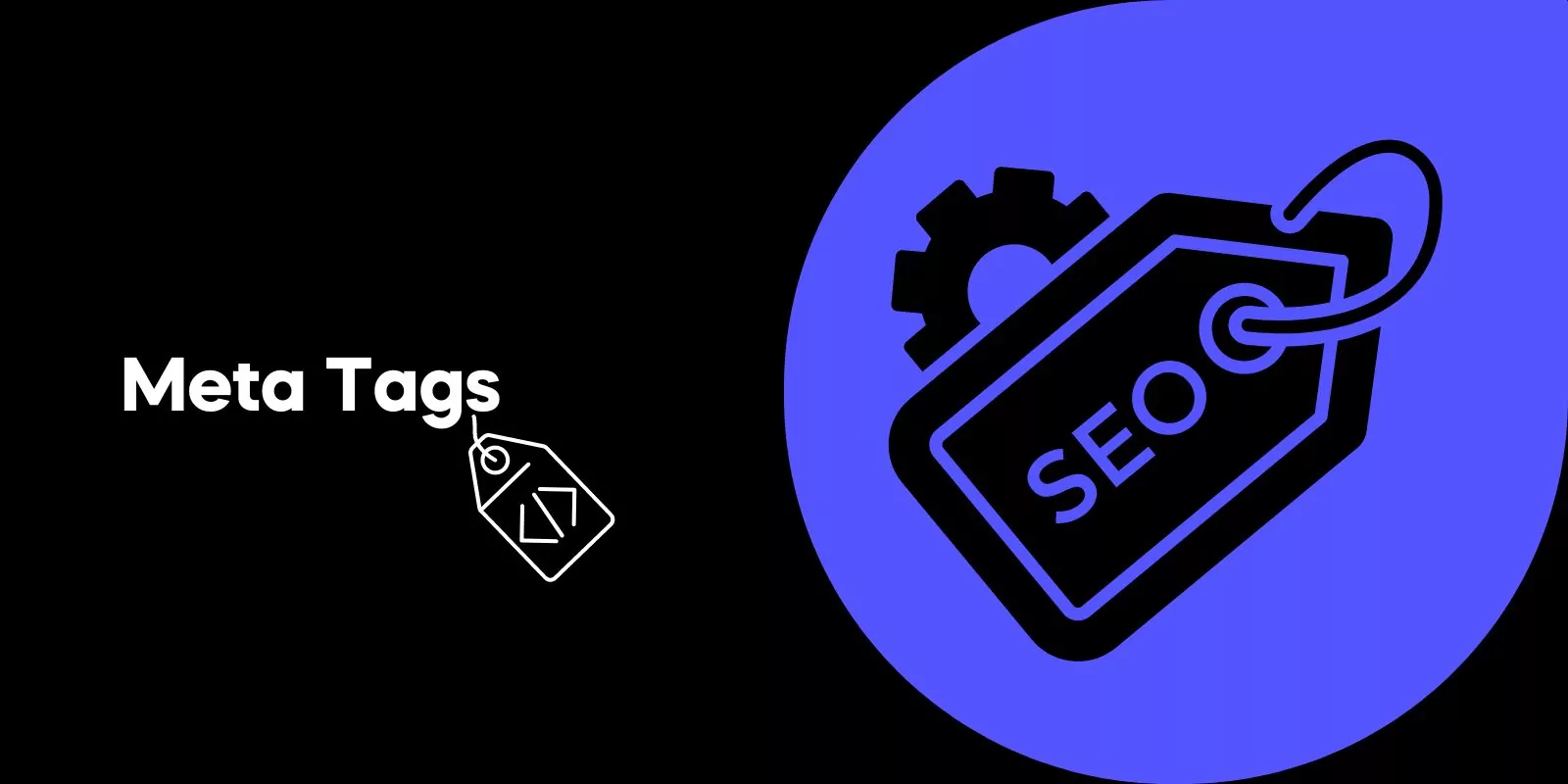A well-designed website is crucial for online success. However, having an aesthetically pleasing site isn’t enough – it must also be optimized for search engines.
This ensures that your website ranks higher in search results, attracts more organic traffic, and ultimately, converts visitors into customers.
In this comprehensive guide, we’ll explore 16 essential tips to optimize your website for search engines using the latest web design practices and techniques.
1. Responsive Web Design
Responsive design is the foundation of a user-friendly website. By adapting to different screen sizes and devices, it ensures a seamless browsing experience for everyone. Here’s how you can implement responsive design:
- Importance of responsiveness for user experience: A responsive website allows users to easily navigate and interact with your site, regardless of the device they’re using. This, in turn, leads to higher engagement and lower bounce rates.
- Adapting to different screen sizes and devices: Use fluid grids, flexible images, and CSS media queries to create a layout that automatically adjusts to different screen resolutions and orientations.
- Testing and maintaining responsive design: Regularly test your website on various devices and screen sizes to ensure optimal performance. Update your design as needed to accommodate new technologies and browser updates.
Statistic: 61.2% of global website traffic came from mobile devices in 2020
2. Mobile-Friendly Web Design
With the majority of web traffic coming from mobile devices, it’s essential to design your website with mobile users in mind. Here are some ways to create a mobile-friendly site:
- Touchscreen navigation and usability: Design your site with touchscreen users in mind by ensuring buttons, links, and other interactive elements are easy to tap and have ample spacing.
- Readability on smaller screens: Choose fonts and font sizes that are easy to read on smaller screens. Break up long blocks of text with headings, bullet points, and images for better readability.
- Mobile performance optimization: Optimize your site’s performance on mobile devices by reducing file sizes, using responsive images, and enabling browser caching.
- Mobile-specific features: Incorporate features such as click-to-call buttons, geolocation, and device-specific functionality to enhance the mobile experience.
Statistic: 91% of users say access to content is very important in their mobile experience
3. User Experience (UX)
A positive user experience is crucial for retaining visitors and converting them into customers. Focus on the following aspects to enhance your site’s UX:
- Prioritizing usability and user satisfaction: Ensure your website is easy to navigate, with clear calls-to-action and a visually appealing design.
- Intuitive navigation and clear calls-to-action: Organize your site’s content in a logical, easy-to-follow manner. Use clear, descriptive labels for menu items and buttons to guide users.
- Consistent design elements and branding: Maintain a consistent look and feel across your site, using the same colors, fonts, and design elements. This creates a cohesive experience and reinforces your brand identity.
- Load time and performance improvements: Optimize your site’s performance by reducing file sizes, compressing images, and implementing a content delivery network (CDN).
- Avoiding intrusive elements: Limit the use of pop-ups, auto-play videos, and other intrusive elements that may frustrate users and lead them to leave your site.
Statistic: 88% of users are less likely to return to a site after a bad user experience
4. Website Speed Optimization
Site speed plays a significant role in both user experience and search engine rankings. By optimizing your website’s speed, you can improve its performance and overall success.
Here’s how:
- Minimizing HTTP requests: Reduce the number of server requests by combining CSS and JavaScript files, using CSS sprites for images, and limiting the use of external resources.
- Image compression and optimization: Compress images to reduce file size without sacrificing quality, using tools like TinyPNG or ImageOptim. Choose the appropriate image format (JPEG, PNG, WebP) based on the image’s content and intended use.
- Enabling browser caching: Set up browser caching to store static files locally on a user’s device, which reduces load times on subsequent visits to your site.
- Implementing CDN (Content Delivery Network): Use a CDN to distribute your content across multiple servers around the world, allowing users to load your site from the server closest to them, reducing latency and improving load times.
Statistic: A one-second delay in page load time can lead to a 7% loss in conversions
5. Keyword Research
Identifying the right keywords for your target audience is crucial for driving organic traffic to your site. Here’s how to conduct effective keyword research:
- Analyzing search volume and competition: Use keyword research tools like Google Keyword Planner or SEMrush to find high-volume, low-competition keywords relevant to your niche.
- Long-tail keyword opportunities: Focus on long-tail keywords (phrases with three or more words) as they tend to have lower competition and higher conversion rates.
- Using keyword research tools: Utilize tools such as Google Keyword Planner, SEMrush, or Ahrefs to discover new keyword opportunities and analyze their potential.
- Strategically incorporating keywords in content: Include your target keywords naturally within your content, ensuring they appear in critical areas such as headings, body text, and meta tags.
Statistic: 50% of search queries are four words or longer
6. Content Strategy
Creating high-quality, engaging content is essential for attracting visitors and keeping them on your site. Develop a solid content strategy by following these tips:
- Optimizing content for target keywords: Incorporate your target keywords naturally within your content, avoiding keyword stuffing, which can harm your search engine rankings.
- Using header tags (H1, H2, H3) for structure and emphasis: Organize your content using header tags to create a clear hierarchy and improve readability. Header tags also help search engines understand the structure and importance of your content.
- Including multimedia elements (images, videos, infographics): Use multimedia elements to break up large blocks of text, engage users, and convey information more effectively.
- Regularly updating and refreshing content: Continuously update your content to ensure it stays relevant, accurate, and engaging. Regularly revisiting and updating existing content can also improve your search engine rankings.
Statistic: Websites with a blog have 434% more indexed pages than those without
7. On-Page SEO
On-page SEO refers to the optimization of individual web pages to rank higher in search results and attract more organic traffic. Here are some essential on-page SEO elements to focus on:
- Title tags and meta descriptions: Craft unique, keyword-rich title tags and meta descriptions for each page. Keep title tags within the 50-60 character limit and meta descriptions under 160 characters.
- Proper use of header tags: Use header tags (H1, H2, H3, etc.) to structure your content and improve readability. Include target keywords in headers when appropriate.
- Optimizing images with alt text and file names: Add relevant alt text to images for accessibility and SEO. Use descriptive, keyword-rich file names for better search engine indexing.
- Keyword-rich, user-friendly URLs: Create clean, descriptive URLs that include your target keywords. Avoid using excessively long URLs or unnecessary characters.
- Implementing structured data (Schema.org): Use structured data markup to enhance your search engine results and provide more information to users.
Statistic: On-page SEO elements have a 58% influence on Google search rankings
8. Meta Tags
Meta tags play a crucial role in helping search engines understand your content and displaying it effectively in search results. Here’s how to optimize your meta tags:
- Crafting unique, keyword-rich title tags and meta descriptions: Write compelling title tags and meta descriptions that include your target keywords and accurately describe the content of each page.
- Ensuring title tags are within the 50-60 character limit: Keep your title tags concise and within the recommended character limit to ensure they display correctly in search results.
- Keeping meta descriptions under 160 characters: Write clear, informative meta descriptions that stay within the recommended character limit to avoid truncation in search results.
- Using open graph tags for social media sharing: Implement open graph tags to control how your content appears when shared on social media platforms like Facebook and Twitter.
- Implementing meta robots tags for indexing control: Use meta robots tags to instruct search engines on how to crawl and index your content, allowing you to control the visibility of specific pages.
Statistic: Pages with a meta description get 5.8% more clicks than those without
9. Image Optimization
Images can have a significant impact on your site’s performance and user experience. Optimize your images with these tips:
- Reducing file sizes for faster load times: Compress your images to reduce file size without sacrificing quality. Use tools like TinyPNG or ImageOptim for easy, effective compression.
- Using descriptive, keyword-rich file names: Name your image files with descriptive, keyword-rich titles to improve their search engine indexing and relevance.
- Adding relevant alt text for accessibility and SEO: Provide accurate, keyword-rich alt text for your images to enhance their SEO value and make your content more accessible to users with visual impairments.
- Choosing the appropriate image format (JPEG, PNG, WebP): Select the right image format based on the content and purpose of the image, considering factors such as file size, image quality, and compatibility.
- Utilizing lazy loading for improved performance: Implement lazy loading to defer the loading of off-screen images until they’re needed, reducing initial load times and improving overall performance.
Statistic: Images account for 21% of a web page’s total weight

Award-Winning
Sales Funnel & Website Expert
Ready for Revenue – Not Just “Traffic”?
- Websites that Work: Clean, fast, built to convert – no design fluff.
- Funnels that Sell for You: Step-by-step paths that turn clicks into paying customers.
- SEO That Hunts Buyers: Show up exactly when prospects reach for their wallets.
10. Internal Linking
Internal linking connects different pages within your website, improving navigation, spreading link equity, and providing valuable context for both users and search engines. Follow these best practices for effective internal linking:
- Creating a logical site structure: Organize your content in a clear hierarchy, with related pages grouped together. This makes it easier for users to navigate your site and for search engines to crawl and index your content.
- Using descriptive anchor text: Use keyword-rich, descriptive anchor text for your internal links to help users and search engines understand the context of the linked content.
- Linking to relevant content: Ensure your internal links are contextually relevant and add value for your users. Avoid overloading your pages with excessive internal links.
- Balancing internal and external links: While internal links are important, it’s also crucial to include external links to authoritative sources. This can help establish your site’s credibility and trustworthiness.
- Regularly auditing and updating internal links: Periodically review your internal linking structure to ensure it remains up-to-date and accurate. Remove broken links and add new links as needed to maintain a strong internal linking strategy.
Statistic: 92% of web pages don’t have any backlinks pointing to them
11. External Linking and Backlinks
External links and backlinks play a vital role in your website’s search engine ranking and overall authority. Here’s how to improve your external linking strategy:
- Creating shareable, link-worthy content: Focus on producing high-quality, engaging content that people will want to share and link to. This can help you naturally earn backlinks and improve your search engine rankings.
- Engaging in guest blogging and collaborations: Reach out to other websites within your niche to propose guest blogging opportunities or collaborations. This can help you build valuable backlinks and increase your site’s exposure.
- Building relationships within your industry or niche: Network with influencers, experts, and other key players in your industry to establish relationships and potentially earn valuable backlinks.
- Utilizing social media and content promotion: Share your content on social media platforms and engage in content promotion strategies to increase your visibility and attract backlinks.
- Monitoring backlink profile with tools like Ahrefs or Moz: Regularly monitor your backlink profile using tools such as Ahrefs or Moz to identify new backlinks, spot any negative or toxic links, and understand the overall health of your link profile.
Statistic: The top-ranking page on Google has an average of 3.8x more backlinks than pages ranked 2-10
12. Accessibility
Creating an accessible website ensures that all users, including those with disabilities, can access and engage with your content. This not only broadens your audience but also improves your site’s SEO. To enhance accessibility:
- Implementing proper heading structure: Use appropriate heading tags (H1, H2, H3, etc.) to organize your content, making it easier for screen readers to navigate and understand your site.
- Providing alt text for images: Include descriptive, keyword-rich alt text for your images to help users with visual impairments understand the content and context of your images.
- Using high-contrast colors: Choose high-contrast color combinations for your text and background to ensure content is easily visible for users with vision impairments.
- Ensuring keyboard navigability: Design your site to be easily navigable using only a keyboard, as some users may not be able to use a mouse or touch screen.
- Utilizing ARIA (Accessible Rich Internet Applications) attributes: Implement ARIA attributes to improve the accessibility of your site’s dynamic content and provide additional information for screen readers.
Statistic: Around 15% of the world’s population lives with some form of disability
13. Technical SEO
Technical SEO focuses on optimizing your site’s underlying structure and code to improve its visibility and performance in search engines.
By addressing technical SEO aspects, you can enhance your site’s overall search ranking and user experience. Consider these key technical SEO elements:
- Optimizing site speed: Ensure fast load times by compressing images, minifying CSS and JavaScript files, and leveraging browser caching.
- Creating an XML sitemap: Generate an XML sitemap to help search engines better understand your site’s structure and crawl its pages more efficiently.
- Setting up an SSL certificate: Secure your site with an SSL certificate to protect user data and improve your site’s trustworthiness in the eyes of search engines.
- Fixing crawl errors: Monitor and address crawl errors in Google Search Console to ensure search engines can properly access and index your site’s content.
- Implementing canonical tags: Use canonical tags to tell search engines which version of a page to index when you have duplicate content, preventing potential penalties for duplicate content issues.
Statistic: 75% of users don’t scroll past the first page of search results
14. Analytics and Monitoring
Monitoring your site’s performance and analyzing user behavior is essential for identifying areas of improvement and making data-driven decisions. Here are some key aspects of analytics and monitoring:
- Setting up Google Analytics: Implement Google Analytics to track user behavior, traffic sources, and other valuable metrics that can inform your web design and SEO strategy.
- Monitoring Google Search Console: Regularly review your site’s performance in Google Search Console to identify potential issues, such as crawl errors or mobile usability problems, and track your search engine rankings.
- Tracking conversion rates: Measure conversion rates for your site’s key goals, such as newsletter sign-ups or product purchases, to assess the effectiveness of your design and content.
- Analyzing user behavior: Examine user behavior metrics, such as time on site, bounce rate, and page views, to identify areas for improvement and optimize your site for better user engagement.
- Conducting regular site audits: Perform periodic site audits to assess your site’s overall performance, identify issues, and make data-driven adjustments to your web design and SEO strategy.
Statistic: 86% of marketers believe that improving their data analytics capabilities is essential for delivering better marketing ROI
15. Mobile-First Design
In today’s increasingly mobile-driven world, it’s essential to prioritize mobile-first design to cater to the growing number of users accessing websites on their smartphones and tablets.
Implement these mobile-first design principles:
- Responsive design: Ensure your website adapts seamlessly to different screen sizes and devices, providing an optimal user experience on desktops, tablets, and smartphones.
- Touch-friendly navigation: Design easy-to-use, touch-friendly navigation menus and buttons, ensuring they’re large enough to tap and spaced well to avoid accidental clicks.
- Fast-loading pages: Optimize your site’s performance on mobile devices by compressing images, minimizing HTTP requests, and utilizing mobile-specific caching techniques.
- Legible fonts and text size: Choose easy-to-read fonts and ensure the text size is large enough for comfortable reading on smaller screens, without requiring users to zoom in.
- Avoiding pop-ups and intrusive interstitials: Minimize the use of pop-ups and intrusive interstitials on mobile devices, as they can disrupt the user experience and lead to higher bounce rates.
Statistic: 55.56% of web traffic comes from mobile devices
16. Staying Informed on SEO Trends and Best Practices
To maintain your website’s performance and search engine rankings, it’s essential to stay informed about the latest SEO trends, updates, and best practices. Here are some ways to keep up-to-date with the world of SEO:
- Subscribing to industry blogs and newsletters: Follow reputable SEO and digital marketing blogs, such as Moz, Search Engine Journal, and SEMrush, to stay informed about the latest trends, updates, and strategies.
- Attending conferences and webinars: Participate in industry conferences, webinars, and workshops to learn from leading SEO experts and expand your knowledge.
- Joining online communities and forums: Engage in online communities, such as SEO-related subreddits, LinkedIn groups, and specialized forums, to discuss current trends, ask questions, and share your own experiences with other professionals.
- Networking with other professionals: Connect with other web designers, SEO specialists, and digital marketers to exchange ideas, insights, and stay informed about the latest industry developments.
- Investing in continuous learning: Consider enrolling in online courses, certifications, or training programs to deepen your understanding of web design and SEO principles, tools, and techniques.
Statistic: Google changes its search algorithm roughly 500-600 times per year
Frequently Asked Questions
Do web designers do SEO?
Yes, many web designers also provide SEO (Search Engine Optimization) services, although the level and depth of these services can vary. SEO is a critical component of web design because it influences how easily users can find a site through search engines.
A web designer with a strong understanding of SEO can optimize a website’s structure, navigation, page load speed, meta tags, and content, ensuring that the website is both user-friendly and search engine-friendly.
Does web design affect SEO?
Absolutely, web design greatly affects SEO. Search engines like Google use various factors to rank websites, many of which are directly tied to web design. For instance, site speed, mobile responsiveness, user-friendly navigation, and the use of headers and alt tags all contribute to SEO.
A poorly designed website can lead to high bounce rates, which can negatively impact SEO. Conversely, a well-designed, user-friendly site can improve your SEO and increase your visibility in search results.
How do I build SEO for my website?
Building SEO for your website involves a combination of on-page and off-page optimization strategies. On-page SEO includes things like keyword optimization, quality content creation, usage of header tags, image optimization, and internal linking. Off-page SEO mostly involves building high-quality backlinks from other reputable websites.
Moreover, technical SEO, an aspect of on-page SEO, includes optimizing your website’s loading speed, making it mobile-friendly, and creating an XML sitemap. It’s also important to keep track of your SEO efforts by using tools like Google Analytics and Google Search Console.
What does SEO stand for in web design?
SEO stands for Search Engine Optimization. In the context of web design, it refers to the process of designing and optimizing a website in such a way that it’s easy for search engines to crawl and understand.
This can lead to improved visibility in search engine results pages (SERPs) and increased organic traffic. SEO in web design may include optimizing the site’s structure, improving site speed, ensuring mobile responsiveness, and incorporating SEO-friendly URLs, among other strategies.
Conclusion
Web design and SEO are closely intertwined, and a well-optimized website can significantly improve your search engine rankings, drive more organic traffic, and lead to higher conversions.
By implementing the tips and strategies outlined in this blog post, you can create a more effective, user-friendly website that not only looks great but also performs exceptionally well in search engine results.
Keep in mind that SEO is an ongoing process that requires regular adjustments, updates, and continuous learning to stay ahead of your competition and adapt to the ever-changing digital landscape.












